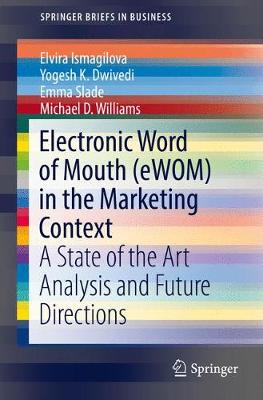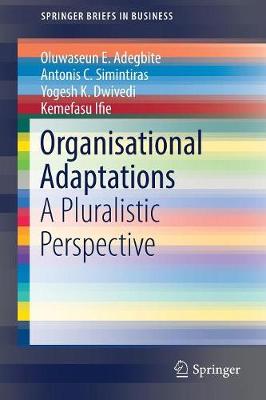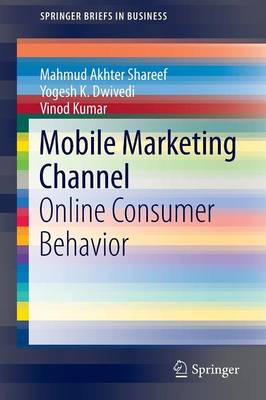SpringerBriefs in Business
3 total works
Electronic Word of Mouth (eWOM) in the Marketing Context
by Elvira Ismagilova, Yogesh K. Dwivedi, Emma Slade, and Michael D. Williams
This SpringerBrief offers a state of the art analysis of electronic word-of-mouth (eWOM) communications and its role in marketing. The book begins with an overview of traditional word-of-mouth (WOM) and its evolution to eWOM. It discusses the differences between traditional and online WOM. The book examines why people engage in eWOM communications, but also how consumers evaluate its persuasiveness. It also looks at the effects of eWOM. The book identifies current gaps in the eWOM research, but also highlights future directions for this growing field.
eWOM is an important marketing technique in brand communications, and it plays an important role in modern e-commerce. Marketers become extremely interested in enhancing the power of eWOM developing loyalty programs and building brands. Studying the effect of eWOM can be beneficial for companies. This book should be a good resource for scholars and practitioners that need to understand the pervasive effects of eWOM.
Organisational Adaptations
by Oluwaseun E. Adegbite, Antonis C. Simintiras, Yogesh K. Dwivedi, and Kemefasu Ifie
Organisations are ‘individual’ entities in their own rights. Businesses have devised ways of surviving their environments. They do this by downsizing, merger and acquisition, business ecosystems, other forms of collaborations and strategic alliances. While this is true, current research works into generic predictors and/or concepts that enhance the transformation process are scarce. It is particularly important to align the theories and concepts of organisational adaptations with realities in the business environment. This book delves deep and explains adaptations in organisations, but also offers insight for how executives can adapt and thrive in their dynamic business environments.
Mobile Marketing Channel
by Mahmud Akhter Shareef, Yogesh K. Dwivedi, and Vinod Kumar
This book attempts to address, explore, and conceptualize the epistemological paradigms of SMS as an alternative marketing channel or in combination with other existing traditional channels. It promotes a multichannel strategy in the light of synthesized marketing distribution, consumer behavior, and information and communication technology (ICT)-related behavioral theory to develop, establish, and launch a guiding theory and practice for this emerging area. Usage of mobile phones and hand-held wireless devices is growing and diffusing so quickly that 21st century marketing managers find a great potential for this wireless channel to be the most effective media for maintaining a consumer relationship that provides the highest quality service. The emergence of SMS-based direct marketing as a distinct channel or embedded with other channels is characterized by several issues, challenges, barriers, and limitations. This book examines and postulates the following interrelated
issues related to wireless marketing (particularly the SMS-based marketing channel): (i) Consumer behavior for mobile phone SMS – perception, exposure, and attention; (ii) Consumer attitudes toward SMS-based marketing channels; (iii) The scope of SMS to meet consumer service output demands from an online channel; (iv) Consumer selection criteria for mobile phone SMS channel structure; (v) Mobile channel structure as an efficient and effective consumer interaction mode; and (vi) Consumer multichannel behavior. It is important to use the SMS-based mobile channel as a radical tool of interactive marketing and seamless service marketing, as there is the opportunity to maximize, until now, unutilized benefits of this efficient and popular direct marketing channel.

